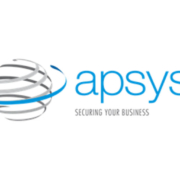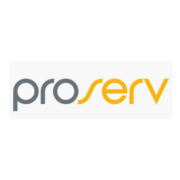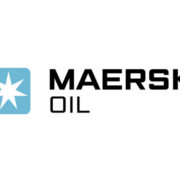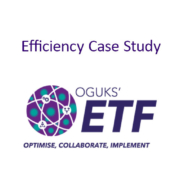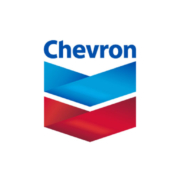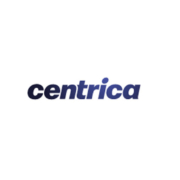APSYS- Sparing optimisation of a network of compression stations
Submitted by APSYS
Impact
The customer was provided with the following results:
- Reduction of sparing at 23 out of 24 compression stations; at one location savings of €1.2M were identified;
- Availability risk identified at one location resulting in a requirement to increase sparing;
- A 35 per cent increase in sparing at the central warehouse to provide better network support; and
- An overall stockholding cost reduction from the M€9.6 to M€2.4 i.e. a reduction by 75 per cent.
Description of Best Practice
Context: A multi-national Oil & Gas service provider into the energy industry operates a network of pipelines and gas compression stations. The customer had requirements to optimise sparing from a cost point of view whilst preserving current levels of availability for this network which comprises 25 sites (gas compression stations, supported by a centralised warehouse facility).
Approach: The study has been carried out in a two-stage approach.First we assessed the logistical readiness for both localised and centralised sparing, using existing data.
The availability was determined by creating a model based of the system and supplied information, along with a snapshot of the inventories at all 25 locations. In the second stage, the model was run to identify opportunities for cost and stockholding optimisation across the entire network, whilst maintaining or improving the existing availability levels. SIMLOG is a software tool which helps to optimize type, quantity, and location of Logistics Elements for one or more repairable systems. This tool has been applied in other industries (Aerospace, Defence, Railway) and tested /validated in the UK by the MOD. It can also be linked to the CMMS (SAP, Maximo) for real time availability analysis.
Contact: Pierre Secher
pierre.secher@apsys.eads.net

